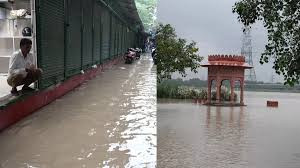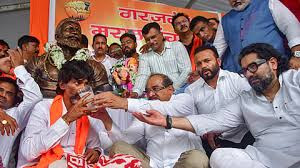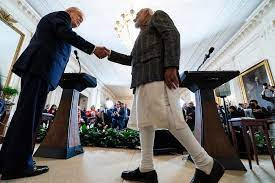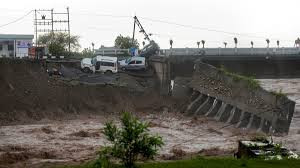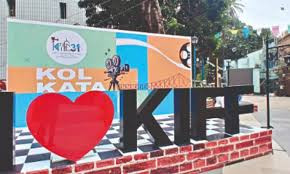India invokes GRAP Stage 3 curbs as Delhi-NCR air quality plummets into ‘severe’ category
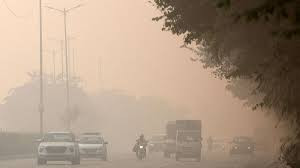
IIE DIGITAL DESK : The air quality across the Delhi‑NCR region has deteriorated so sharply that the Commission for Air Quality Management (CAQM) in India triggered Stage 3 measures of the Graded Response Action Plan (GRAP). The decision followed the city’s Air Quality Index (AQI) leaping from 362 on Monday to 425 on Tuesday morning, as pollutants piled up due to stagnant meteorological conditions and minimal wind to clear the air.
Under the Stage 3 curbs, a series of restrictions has been put into effect: non-essential construction work is suspended, stone-crushing and mining activities are halted, and older petrol (BS-III) and diesel (BS-IV) four-wheelers are banned from plying in the region. For schools, children up to Class 5 are required to shift to hybrid (online + offline) mode, with parents and guardians given the option to choose full online for younger children. Persons with disabilities are exempt from certain vehicle restrictions.
Cities and districts across Delhi are seeing alarmingly high readings: Anand Vihar recorded an AQI of 412, Alipur soared to 442, Bawana reached 462, Chandni Chowk logged 416, while RK Puram and Patparganj registered 446 and 438 respectively. Sonia Vihar recorded 433, all clearly in the ‘Severe’ category (AQI 401-450).
The conditions prompting such measures are a familiar winter-pattern: a combination of calm winds, a stable atmospheric boundary layer and emissions from vehicles, industrial and construction sources, paddy-straw burning, fire-crackers and other local pollution sources. These factors allow pollutants to concentrate near the surface, triggering hazardous air quality.
The imposition of Stage 3 curbs underscores the severity of the situation: the GRAP framework defines four escalating levels — Stage I (Poor, AQI 201-300), Stage II (Very Poor, AQI 301-400), Stage III (Severe, AQI 401-450), and Stage IV (Severe Plus, AQI above 450). Now that readings are well into the “Severe” range, the authorities are pulling out stronger restrictions.
Beyond the immediate pain of choked air and visibility issues, the measures reflect growing recognition that winter-pollution episodes in Delhi-NCR have become systemic, recurring and dangerous. With children, the elderly and those with respiratory conditions particularly vulnerable, the move to suspend construction and limit vehicle use represents a serious escalation.
For many residents the impact is felt on the ground — outdoor movement becomes unpleasant and potentially harmful, schools shift mode, and traffic restrictions become visible for the first time in months. For the authorities it is a stark reminder of the recurring crisis: the city must tackle not just the symptoms (pollution peaks) but the structural issues that allow them to build.
As the air remains hazardous and the weather likely remains unfavourable for dispersion, officials will be watching whether readings approach Stage IV thresholds (AQI > 450), which would trigger even tighter curbs. For now, Delhi-NCR finds itself under a cloud — of literal smog and of mounting pressure to act.
Residents are advised to minimise outdoor exposure, use masks where needed, keep windows closed when air quality is particularly grim, and support shifts to online modes of schooling. Meanwhile, the broader challenge remains: how to reduce the sources of pollution so that each winter does not bring such a crisis.
The invocation of GRAP Stage 3 marks a serious response to a severe air-quality emergency in Delhi-NCR — one that will test how effectively the region can manage both immediate mitigation and long-term structural change.
You might also like!






